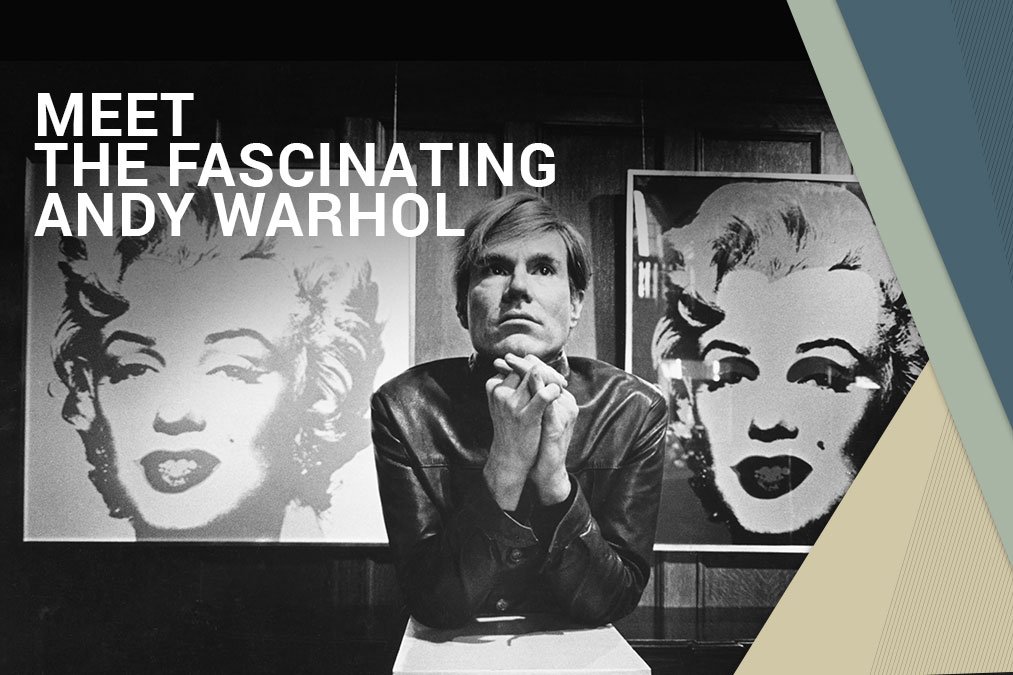No products in the basket.
Art History
Meet the fascinating Andy Warhol
Andy Warhol was the most glamorous figure of 20th-century American art scene. He was the first Art Superstar! He wore a silver wig, loved the smell of washing powder and found beauty in the mundane.
Andy’s style of painting is known as POP Art. One of the best-known and fun eras in art ever. The name POP Art comes from the word ‘popular’ and draws inspiration from popular media, brands, music and trends.
One sick kid!
As a child, Andy Warhol suffered from strange medical problems. He first started feeling shaky and anxious. Later he started losing his skin colour and become paler and paler. His mother Julia was worried about him and insisted that he stay in bed a lot. In bed Andy enjoyed reading comics, going through celebrity magazines and watching TV. One day he said to his mother “Mom, I don’t want to watch TV, I want to be on TV. I don’t want to read Magazines, I want to be on the cover of Magazines”.
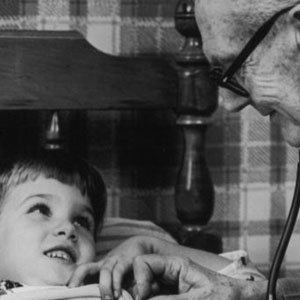
A little art star!
Andy’s mother was a pretty good artist too. Andy and his mother did lots of art in his bed while he was sick. Andy was such a talented artist in High School that his school’s art teacher scheduled a meeting with his mother. The teacher informed Julia that Andy was TOO TALENTED and he made the other kids feel bad, so he was no longer allowed in the art class. Julia obviously would have none of that and enrolled Andy with the Carnegie Museum of Art for weekend art classes.
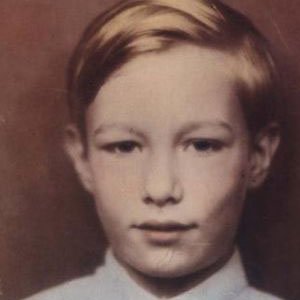
That desire for a Rolce Royce
At the Museum some of these talented kids in Andy’s class were from rich families. For the first time, Andy saw how wealthy kids really lived. Some kids were so wealthy they where dropped off at classes by a driver in a Rolce Royce. Andy vowed to himself that one day he will own his own Rolce Royce.
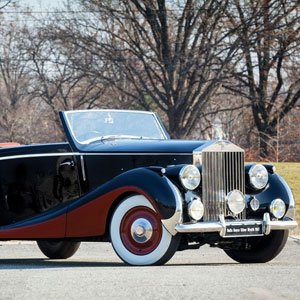
Commercial Artist
After graduating from High School, Andy went to study Design and Illustration. He moved to New York. He was so poor he carried his art around in a brown paper bag. Later Andy became a successful commercial artist painting shoes and fashion items for advertisements. His peers started making a name for themselves as fine artists and Andy was really jealous. What he wanted most in life was to become a famous artist.

What to paint?
Andy Warhol knew he wanted to be a serious artist and started painting, but nothing really took off. His ideas weren’t original enough. One day a friend came over to Andy and said: “I know what you need to paint. I’ll tell you if you give me $50.” Andy hated parting with his money but eventually gave in and said: “Tell me.”
So she said to him. “Paint what you love. You love money, so paint money. You love soup, so paint soup!”
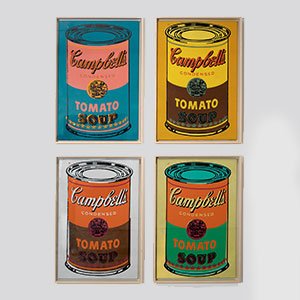
Gatecrashing celebrity parties
Andy Warhol started showing up at high profile parties in New York. Buy this time, Andy’s hair fell out of his pigmentation disease. Andy wanted people to notice him so he rocked up in a silver wig and sunglasses. Everyone would ask “Who is that?” and people would say some artist. People started talking to him and asked him to paint them. Andy became the go-to artist to paint famous people, Marilyn Monroe, Audrey Hepburn, Elvis, Jackie O, Mao Zedong have all been painted by Andy. Eventually, people became famous because they hired Any to do their portraits.
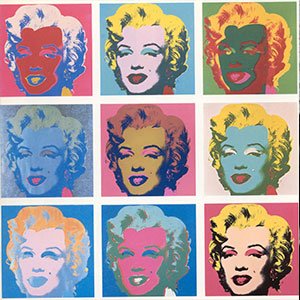
Setting up a factory
He didn’t call his place in New York a studio, the prestigious term used by artists since the Renaissance to describe their place of work, instead, he called it the factory. We tend to feel that the idea of art and the idea of a factory don’t really mix but Warhol’s point was that business and art actually do very much belong together. He wrote, “being good in business is the most fascinating kind of art.” During the hippie era, people put down the idea of business they’d say money is bad and working is bad. Andy believed making money is art and working is art and good business is the best art.

Setting up a factory
He didn’t call his place in New York a studio, the prestigious term used by artists since the Renaissance to describe their place of work, instead, he called it the factory. We tend to feel that the idea of art and the idea of a factory don’t really mix but Warhol’s point was that business and art actually do very much belong together. He wrote, “being good in business is the most fascinating kind of art.” During the hippie era, people put down the idea of business they’d say money is bad and working is bad. Andy believed making money is art and working is art and good business is the best art.

Art that has the power to change the world
One day a wealthy investor approached Andy and told him he was worried about endangered animals and the planet. He asked Andy to help raise awareness for 13 animals on the endangered species list. Andy came up with the idea that we should treat the animals like celebrities. He started painting each one in his famous celebrity style. They raised so many funds that 3 years laters 4 animals could be removed from this list. Andy use to joke saying; “They are Animals wearing makeup”.
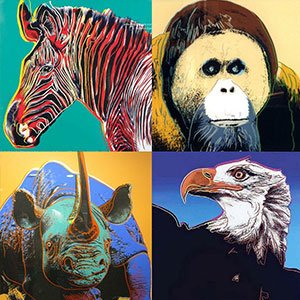
His legacy
Andy Warhol’s great achievement was to develop a generous and helpful view of two major forces in modern society commerce and celebrity.
COMMERCE
Andy believed that if we wanted to survive modern life we need to stop seeking the extraordinary things. He aims to remedy this by getting us to look again at things in everyday life and find beauty in them. So practically, find the beauty on a Checkers shelf stocked with Handy Andy or Sunlight liquid. What pattern do they make? Observe the bold colours and lines. Andy believed if we did this, modern life would be much less stressful.
He performed his magic most famously on soup cans putting them on the wall and looking at them helps us to see their beauty to notice they’re appealing labels as strong but elegant forms perfectly fitted to their uses.
CELEBRITY
Andy Warhol understood that celebrities have an important power they can distribute glamour and prestige. He thought that glamour needed to be redistributed in such a way that society could work better. For example, he suggested that the President of the United States could use his status to shift perceptions. He wrote “if the president would go into a public bathroom in the Capitol and have the TV cameras film him cleaning the toilets and saying “But why not?” “Someone’s got to do it!” then that would do so much for the morale of people who do the wonderful job of keeping the toilets clean.


